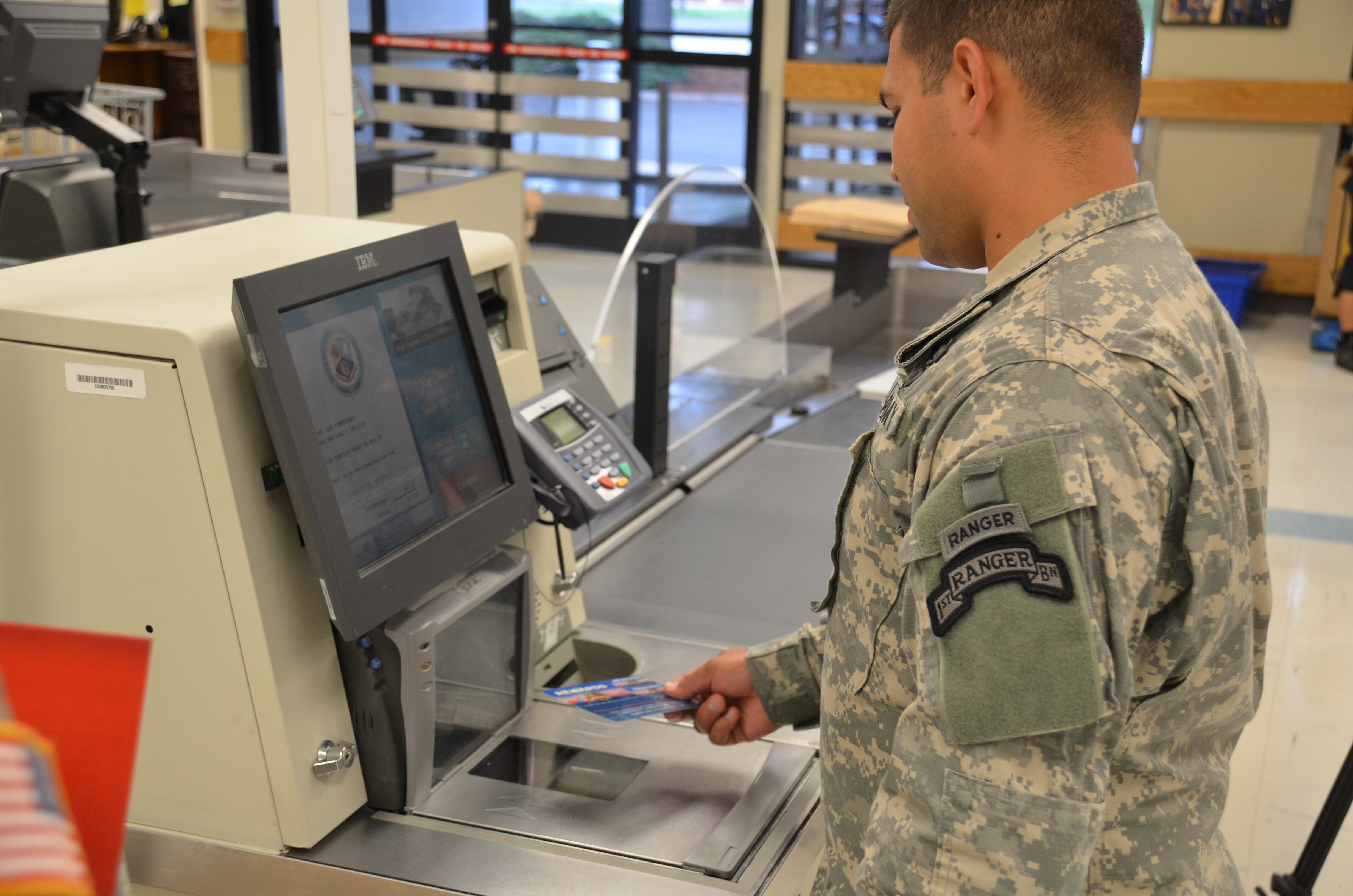The annual budget request the Pentagon sends to Congress next week will include a 1.6 percent pay raise for troops in 2017, a historically small bump aimed at reducing military personnel costs, according to defense officials.
The 1.6 percent pay raise will fall below the projected increase in private-sector wages, which is likely to be 3.2 percent in 2017, according to Congressional Budget Office estimates.
If approved by Congress, the modest pay increase would mark the fourth consecutive year that military basic pay has not kept pace with the growth in grown more slowly than compared to most civilian wages, reversing a trend during the post-2001 war years when military pay rose substantially.
It's one of several cost-cutting measures targeting the Pentagon's personnel accounts in this year's budget request that will be officially released on Feb. 9, according to officials with knowledge of the budget proposal, who spoke on condition of anonymity.
The budget request will also include familiar efforts to ratchet up Tricare health care fees for military families, officials said.
Yet this year the Pentagon will be seeking far fewer cuts to pay and benefits compared to the past several years. Overall personnel costs have begun to decline after reaching a peak in 2012.
That's partly because the continued troop drawdown, especially in the Army and Marine Corps, has cut about 100,000 troops from the active-duty force, reducing the Pentagon's overall personnel costs. The current active-duty force of about 1.33 million is down about 7 percent from a recent peak of 1.43 million in 2011, Defense Department data shows.
And the long-term growth rate in per-troop personnel costs is projected to decline because Congress approved several new cost-cutting measures last year, including a new retirement system and that will save some money in the long run.
Top defense officials say trimming personnel costs is necessary to ensure funding for high-tech research, weapons modernization and training programs across the force aren't compromised.
The 2017 budget request is not likely to include any cuts to basic allowance for housing, defense officials said. That was on the chopping block last year when Congress approved a significant BAH reduction.
For many years, BAH covered 100 percent of average rental costs for individual service members and their families. But under the multi-year plan now in effect, that will slowly decrease, and by 2020 the allowance will cover only 95 percent of average local rent costs, leaving military families to make up the remaining difference out of pocket.
One key element of the budget that is likely to impact operations for the Army and the Air Force is a significant uptick in spending for Europe and the military response to renewed Russian aggression in recent years.
A budget increase for the so-called European Reassurance Initiative is likely to mean more rotational deployments for Army and Air Force units taking part in training missions with the Eastern European allies who are closest to the Russian border.

If approved by Congress, the 1.6 percent pay raise for 2017 would amount to several hundred dollars a year less for most troops when compared to the average growth in civilian wages, which for years was the default raise in basic pay. Here, as soldier at the Fort Lee Commissary scans his rewards card at the self-checkout register.
Photo Credit: Kevin L. Robinson/DeCA
This year' defense budget will likely be the first in years that does not get stalled by the budget caps known as sequestration, which took effect in 2013. Under a deal Congress reached last year, defense spending caps were lifted by about $25 billion, giving the Pentagon about $551 billion in fiscal 2017.
Combined with the nearly $59 billion in Overseas Contingency Operations (or OCO) funding for each of the next two years, that would nearly match Pentagon budget plans for the near future.
The budget slated for release on Feb. 9 will not exceed those current caps, defense officials said.
This year's pay raise, which took effect in January, bumped basic pay up by 1.3 percent, well below the growth rate for civilian wages, known as the employment cost index, which was 2.3 percent.
If approved by Congress, the 1.6 percent pay raise for 2017 would amount to several hundred dollars a year less for most troops when compared to the employment cost index, which for years was the default raise in basic pay.
For an E-4 with four years of service, the difference between the two would total about $408 a year. For an O-4 with 12 years, it would be about $1,105.
The Pentagon is likely to resubmit some of the military health care reform proposals that were floated in last year's budget but ultimately rejected by Congress.
Last year the Defense Department called for consolidating Tricare Prime, Tricare Standard and Tricare Extra into one Tricare program.
Last year's budget also called for new fees on military families who use emergency rooms at military treatment facilities or civilian hospitals for non-emergency care and for increasing co-pay fees for military families who seek health care outside the Tricare network of physicians.
Andrew Tilghman is the executive editor for Military Times. He is a former Military Times Pentagon reporter and served as a Middle East correspondent for the Stars and Stripes. Before covering the military, he worked as a reporter for the Houston Chronicle in Texas, the Albany Times Union in New York and The Associated Press in Milwaukee.





